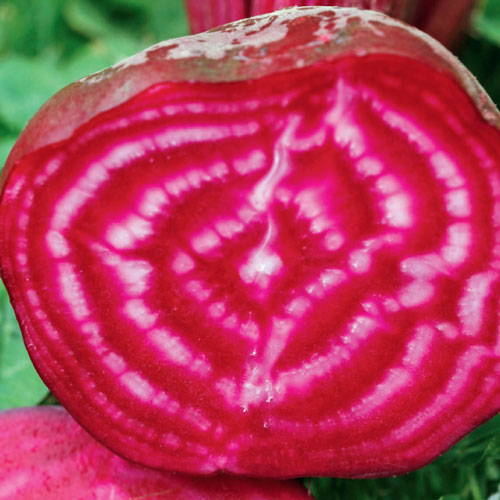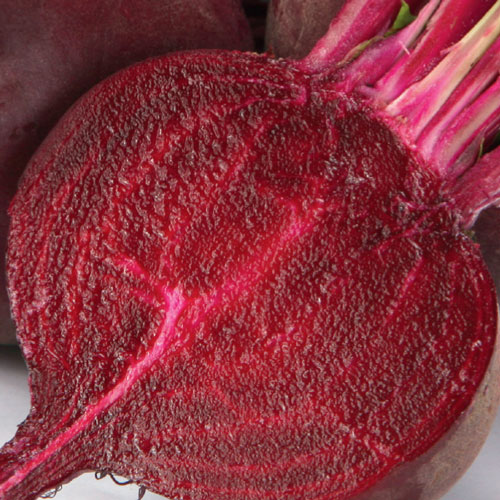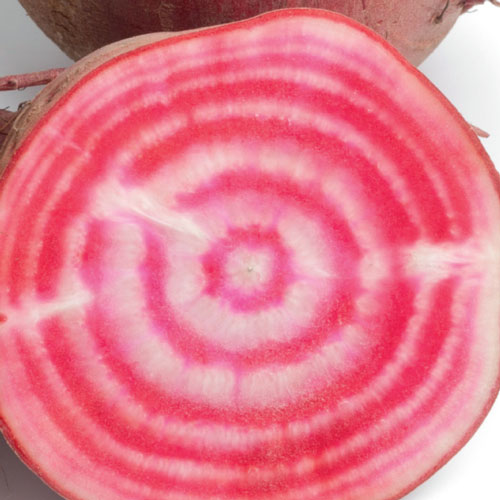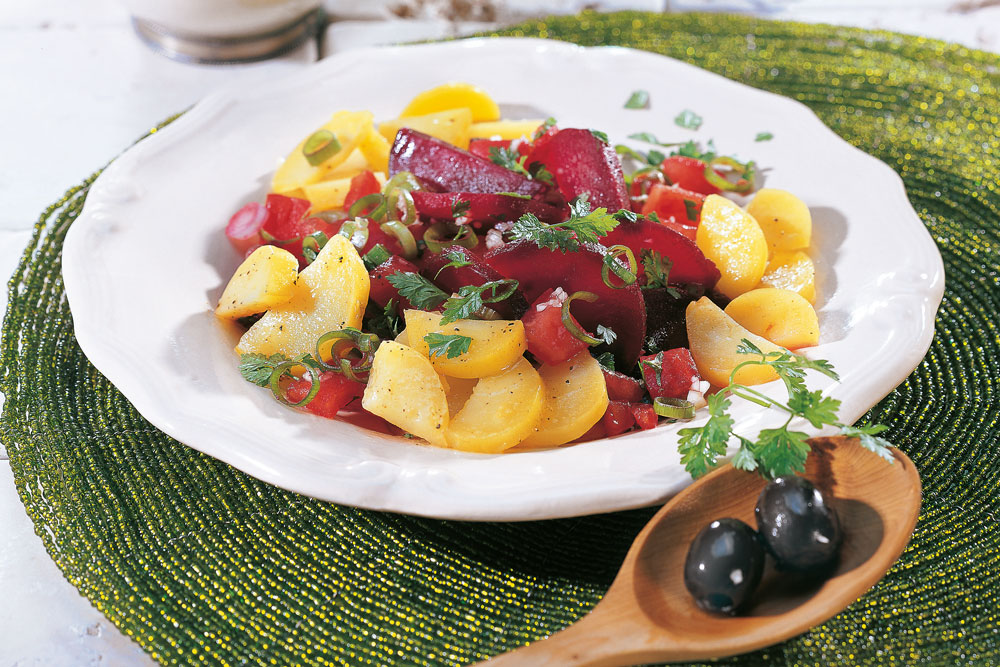
A staple on a hamburger with the lot, beetroot is making its way from the can to the garden as people discover the health benefits of this brightly coloured veg.
The leaves of beetroot are high in beta-carotene, which has antioxidant properties, and the roots are a good source of soluble fibre and vitamin C.
Beetroot is an ideal kitchen garden plant as it’s low maintenance and ready to harvest in just two months, for use fresh in salads and sandwiches or roasted with other vegies. In the garden, beetroot grows well with onion, silverbeet, lettuce and cabbage.
Position beetroot in a location with full sun in well-drained soil with added compost and manure.
Beetroot likes a soil pH of 6.5 to 7.5. Most Australian soils tend to be on the acidic side, so test the pH of your soil before planting.
If you have alkaline soil with a high pH, add compost, manure, leaf litter and mulch to make it more acidic. Apply a handful of powdered sulphur per square metre once a year for very alkaline soils.
For a too-acidic soil with a low pH, add chicken manure, agricultural lime or dolomite.
Beetroot needs boron, which most Australian soils lack. You can buy boron at most garden centres, add one teaspoon to a full watering-can and water in after sowing.
TIP Don’t add too much nitrogen to the soil or you’ll get lots of foliage and not much root development.
Choosing a variety
Bull’s Blood
- Round purple root
- Deep red leaves
- Grows in all climates
- Use in ornamental borders

Bull’s Blood grows in all climates. Image: Thinkstock
Boltardy
- Smooth skinned purple roots
- Green leaves
- Good for pots and early sowing
- Resistant to bolting

Boltardy beetroot is ideal for planting in pots. Image: Thinkstock
Chioggia
- Red and white rings when cut open
- Green leaves
- Harvest early for baby beets
- Slice thinly and pickle

Chioggia beetroot can be harvested early for baby beets. Image: Thinkstock
How to plant beetroot
In temperate areas, sow seeds from mid-autumn to midwinter. In cold regions, sow from spring to summer and from late summer to late spring in tropical and subtropical regions.
SOW SEEDS about 12mm deep with 250mm between each row. Seedlings should emerge in 10 to 14 days, nip out to 100mm apart and pull up baby beets if more thinning out is needed. You can transplant seedlings when small, but direct sowing is best.
For easy sowing, use a seed strip. The seeds are perfectly spaced on a biodegradable strip so all you do is roll out the tape, then cover it lightly with soil and water until harvest time.
WATER REGULARLY as beetroots crack if the moisture varies too much, but don’t overwater as this can produce extra leaf growth and small roots. Mulch with 50mm of well-rotted manure or compost to prevent the soil from drying out, and keep seedlings moist if transplanting.
HARVEST CROPS using a garden fork eight to 10 weeks after planting, or when they’re 100mm in diameter, pick a week or two earlier for baby beets. They become tough and fibrous if left in the ground too long.
Discard adult leaves immediately and pick soft young leaves, a few from each plant, to use in salads. Be aware that people sensitive to oxalic acid will find the leaves too bitter.
WATCH FOR downy mildew, which appears as yellow patches on the leaves. Remove any diseased leaves and thin out plants to increase airflow. Caterpillars can be a problem, pick them off by hand or spray with Dipel.


